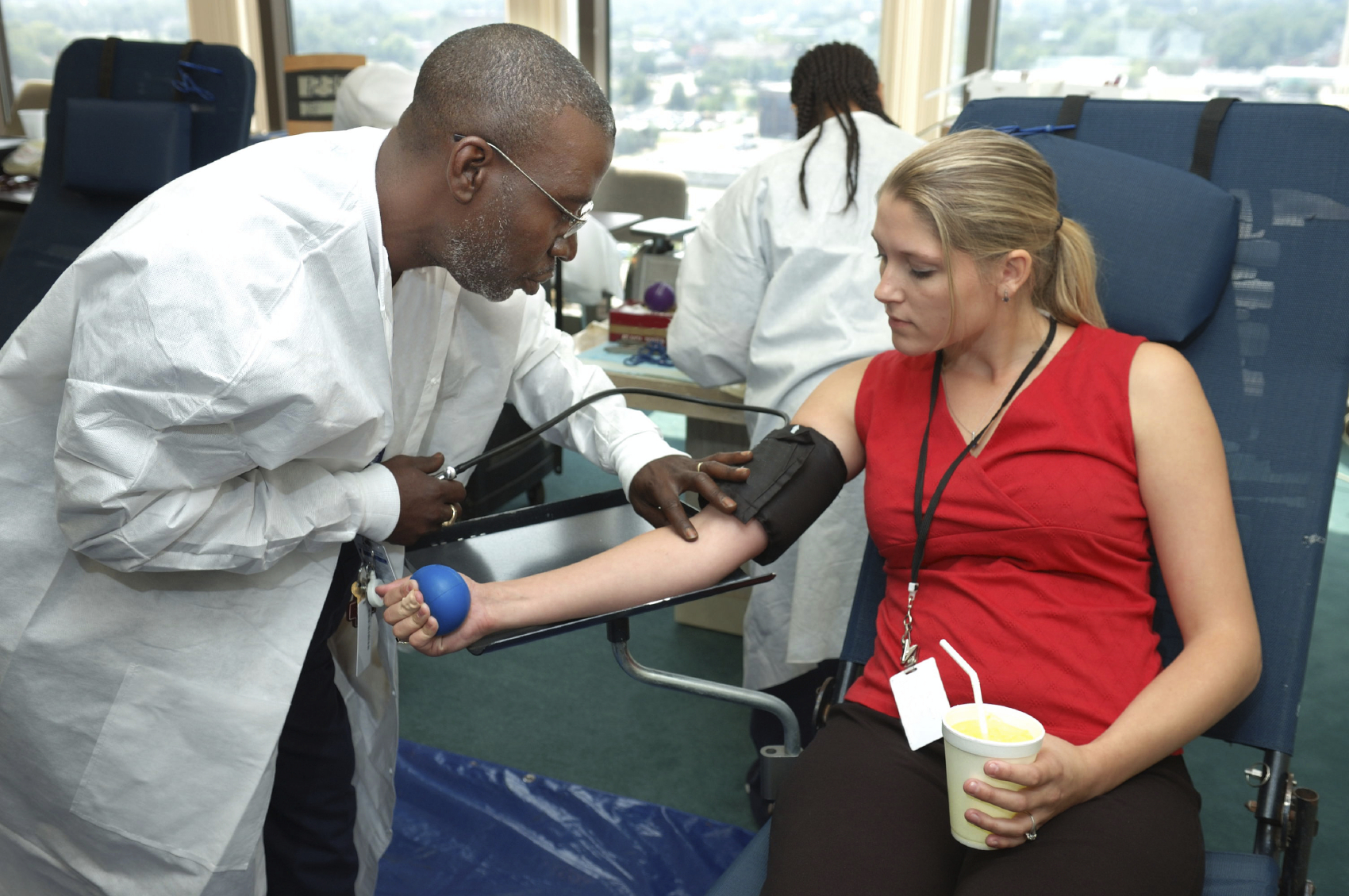6 Easy Facts About Northeast Medical Institute - New Haven Campus Phlebotomy Course & Cna Class Explained
6 Easy Facts About Northeast Medical Institute - New Haven Campus Phlebotomy Course & Cna Class Explained
Blog Article
Some Ideas on Northeast Medical Institute - New Haven Campus Phlebotomy Course & Cna Class You Should Know
Table of ContentsThe Best Guide To Northeast Medical Institute - New Haven Campus Phlebotomy Course & Cna ClassNortheast Medical Institute - New Haven Campus Phlebotomy Course & Cna Class Fundamentals ExplainedAll about Northeast Medical Institute - New Haven Campus Phlebotomy Course & Cna ClassOur Northeast Medical Institute - New Haven Campus Phlebotomy Course & Cna Class PDFsThe Definitive Guide to Northeast Medical Institute - New Haven Campus Phlebotomy Course & Cna ClassThe 8-Minute Rule for Northeast Medical Institute - New Haven Campus Phlebotomy Course & Cna Class
Nonetheless, the use of such tools must be gone along with by various other infection avoidance and control methods, and training in their use. Not all safety tools are applicable to phlebotomy. Prior to selecting a safety-engineered gadget, users need to completely examine available devices to establish their proper usage, compatibility with existing phlebotomy methods, and effectiveness in securing staff and individuals (12, 33).For setups with low sources, price is a motoring element in procurement of safety-engineered tools. Where safety-engineered devices are not available, competent usage of a needle and syringe is acceptable.
labelling); transport conditions; interpretation of results for professional monitoring. In an outpatient department or clinic, offer a devoted phlebotomy work area containing: a tidy surface area with 2 chairs (one for the phlebotomist and the other for the individual); a hand laundry container with soap, running water and paper towels; alcohol hand rub. In the blood-sampling area for an outpatient division or center, supply a comfortable reclining couch with an arm rest.
The Single Strategy To Use For Northeast Medical Institute - New Haven Campus Phlebotomy Course & Cna Class
Make certain that the signs for blood tasting are plainly defined, either in a created method or in documented guidelines (e.g. in a lab kind). Accumulate all the tools needed for the procedure and area it within secure and easy reach on a tray or trolley, making sure that all the things are plainly noticeable.
Present on your own to the client, and ask the client to mention their complete name. Inspect that the lab type matches the person's identification (i.e. match the client's information with the laboratory form, to make certain exact identification).
Make the client comfortable in a supine position (if feasible). Location a clean paper or towel under the client's arm. Discuss the examination to be carried out (see Annex F) and obtain spoken permission. The client has a right to refuse an examination at any type of time before the blood sampling, so it is essential to make certain that the client has actually understood the treatment.
The Northeast Medical Institute - New Haven Campus Phlebotomy Course & Cna Class Ideas
Prolong the individual's arm and examine the antecubital fossa or lower arm. Situate a capillary of an excellent size that shows up, straight and clear. The representation in Area 2.3, reveals usual settings of the vessels, however several variants are possible. The median cubital capillary exists between muscular tissues and is usually one of the most very easy to puncture.
DO NOT place the needle where veins are diverting, due to the fact that this increases the chance of a haematoma. Situating the blood vessel will certainly assist in identifying the right size of needle.
Haemolysis, contamination and existence of intravenous fluid and medication can all change the outcomes (39. Nursing team and doctors might access central venous lines for specimens following protocols. Nonetheless, samplings from central lines carry a risk of contamination or wrong lab test results (https://www.edocr.com/v/5o1xpx4k/gordonmarvin28/northeast-medical-institute-new-haven-campus-phleb). It is acceptable, however not ideal, to injure check out here samplings when first presenting an in-dwelling venous device, before attaching the cannula to the intravenous fluids.
Northeast Medical Institute - New Haven Campus Phlebotomy Course & Cna Class for Dummies
Failure to allow enough contact time increases the risk of contamination. DO NOT touch the cleaned up website; in specific, DO NOT put a finger over the capillary to direct the shaft of the subjected needle.
Ask the client to develop a fist so the veins are more prominent. Get in the blood vessel quickly at a 30 level angle or much less, and continue to present the needle along the blood vessel at the most convenient angle of entrance - PCT Classes. As soon as adequate blood has been gathered, release the tourniquet BEFORE withdrawing the needle
Northeast Medical Institute - New Haven Campus Phlebotomy Course & Cna Class Things To Know Before You Get This
Take out the needle delicately and apply mild pressure to the website with a tidy gauze or dry cotton-wool round. Ask the client to hold the gauze or cotton wool in position, with the arm expanded and raised. Ask the individual NOT to flex the arm, because doing so creates a haematoma.

Northeast Medical Institute - New Haven Campus Phlebotomy Course & Cna Class Things To Know Before You Buy
Where possible, keep the tubes in a rack and move the rack towards you - https://www.tripadvisor.in/Profile/northeastmed. If the sample tube does not have a rubber stopper, inject extremely slowly right into the tube as lessening the pressure and velocity utilized to transfer the specimen minimizes the risk of haemolysis.

Report this page